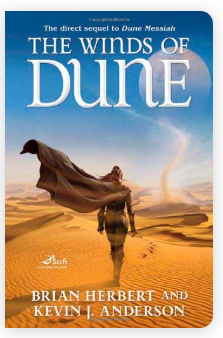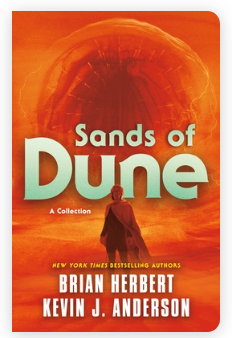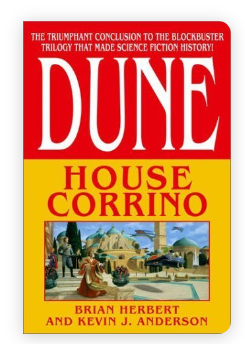Here you will find things about fitness and nutrition, mainly (but not exclusively) in relation to the Beachbody programs like P90x and Insanity. And, I will start adding reviews for Books, DVDs and Blu-Rays, and other products. All views and opinions on this blog are my own.
Welcome
Welcome to my ever-evolving blog. It started out as a blog on Beachbody workouts and products, mainly when I was a Beachbody coach. I no longer coach, not because I don't believe in Beachbody's programs (I subscribe to Beachbody on Demand and use their workouts every day), I am just not a salesperson and hated that aspect of it. I am more than willing to answer questions about my experiences with their products and the various workouts, and I feel freer to do so without the appearance of giving a biased review of something.
I have also started adding reviews for various things I have purchased like movies, books, CDs, and other products. This was brought about by a fight with Amazon in which all of my reviews were removed over a completely bullshit allegation that I posted a review that violated their terms of service. After going back and forth with the morons in the community-reviews department (even after they admitted that my posts did not violate their guidelines) they restored my account (which took them six months to do), but I have been posting my reviews on my blog to have them preserved in case something like that happens again. And here, I will post uncensored reviews so I will swear from time to time and post reviews that may be longer than Amazon's character limit. Everything I post here on any topic or product is my personal opinion, and I take no compensation for any product reviews I post. I am a member of Amazon's vine program and because I get those products for free, I keep those reviews on Amazon only, but everything I have purchased with my own money, whether from Amazon or some other store/website/outlet, I will post here.
I also plan to do some longer blog posts on various topics, such as how to learn physics, how to get through calculus, and longer reviews of workout programs as I do them. Basically, whatever strikes me as interesting at the time. As you can see if you navigate around the blog, I had many years in between postings. During that time I was going back to school to get an engineering degree, and learning material that I avoided my first time through college was a different experience and one that gave me a lot of insight into how to do well in those classes, which I will try to impart here for those who are looking to get a science or engineering degree.
Saturday, November 22, 2025
Book Review: The Road to Dune
Wednesday, October 22, 2025
Book Review: Sandworms of Dune (Dune #23 Chronological Order)
Saturday, September 27, 2025
Book Review: Hunters of Dune (#22 Chronological Order)
Sunday, August 17, 2025
Book Review: The Second Great Dune Trilogy
Thursday, August 14, 2025
Book Review: Tales of Dune
Monday, August 11, 2025
Book Review: Chapterhouse Dune (Dune #21 Chronological Order, #6 Publication Order)
Sunday, June 1, 2025
Book Review: Heretics of Dune (Dune #20 Chronological Order, #5 Publication Order)
Monday, March 17, 2025
Book Review: God Emperor of Dune [Hardcover] (Dune #19 chronological order, #4 publication order)
Tuesday, December 24, 2024
Book Set Review: Frank Herbert's Dune Saga 3-Book Deluxe Hardcover Boxed Set
Tuesday, November 19, 2024
Book Review: Children of Dune (Dune #18)
Friday, October 4, 2024
Book Review: The Winds of Dune (Dune #17)
Thursday, August 22, 2024
Book Review: Dune Messiah (Dune #16)
Sunday, July 7, 2024
Book Review: Paul of Dune (Dune #15)
Monday, June 10, 2024
Book Review: Sands of Dune
Sunday, June 9, 2024
Book Review: Dune: Deluxe Edition (#1 Publication Order; #14 Chronological Order)
Monday, May 20, 2024
Book Review: Dune: The Heir of Caladan (Dune #13)
Tuesday, April 23, 2024
Book Review: Dune: The Lady of Caladan (Dune #12) #Dune
The hardcover version of the book is just over 400 pages. While there are only a handful of new characters in the book, since it jumps between storylines every chapter or two, it can sometimes be a bit slow to read. The book does a good job of escalating the Harkonnen-Atreides feud and setting the stage for why the Emperor reassigns Leto to oversee the spice production on Arrakis. It is absolutely worth the time to read, especially if you want the backstory of the original Dune novels.
Sunday, April 14, 2024
Book Review: Dune: The Duke of Caladan (Dune #11) #Dune
Wednesday, March 27, 2024
Book Review: Princess of Dune (Dune #10)
Sunday, March 10, 2024
Book Review: Dune: House Corrino (Dune #9)



















